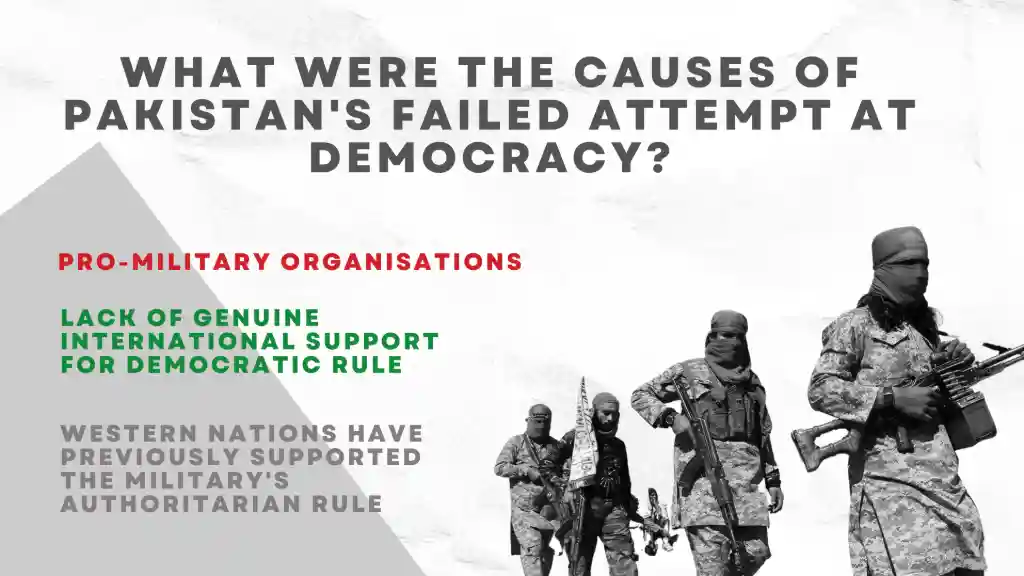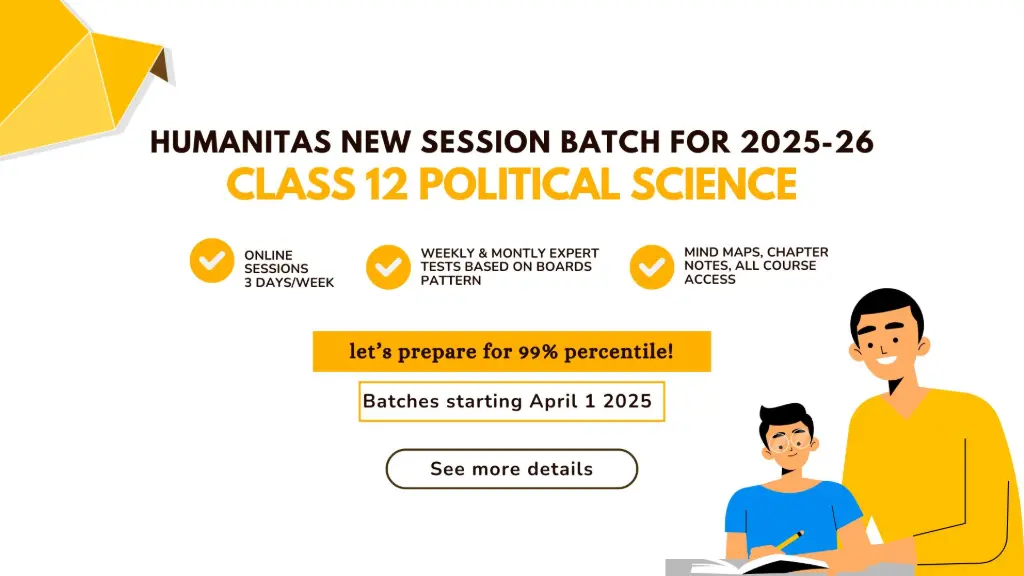CBSE CLASS 12 POLITICAL SCIENCE NCERT SOLUTIONS CHAPTER 3 CONTEMPORARY SOUTH ASIA - HUMANITAS
NCERT Solutions & Questions CBSE Class 12 Chapter 2 SOUTH ASIA
This article provides comprehensive NCERT Solutions for CBSE CLASS 12 POLITICAL SCIENCE CHAPTER 3 CONTEMPORARY SOUTH ASIA. Completing all NCERT questions is essential for all school and board examinations.
We also offer Different Solutions which students from Class 11 & 12 face during their CBSE boards exam preparations and also during their CUET UG preparations. Please check them out:
1. Identify the country:
a. The struggle among pro-monarchy, pro-democracy groups, and extremists created an atmosphere of political instability: __________
b. A landlocked country with multi-party competition: __________
c. The first country to liberalise its economy in the South Asian region: __________
d. In the conflict between the military and pro-democracy groups, the military has prevailed over democracy: __________
e. Centrally located and shares borders with most of the South Asian countries: __________
f. Earlier, the island had the Sultan as the head of state. Now, it’s a republic: __________
g. Small savings and credit cooperatives in rural areas have helped in reducing poverty: __________
h. A landlocked country with a monarchy: __________
Answer:
a. The struggle among pro-monarchy, pro-democracy groups, and extremists created an atmosphere of political instability: Nepal
b. A landlocked country with multi-party competition: Bhutan
c. The first country to liberalise its economy in the South Asian region: India
d. In the conflict between the military and pro-democracy groups, the military has prevailed over democracy: Pakistan
e. Centrally located and shares borders with most of the South Asian countries: India
f. Earlier, the island had the Sultan as the head of state. Now, it’s a republic: Maldives
g. Small savings & credit cooperatives in rural areas have helped in reducing poverty: India
h. A landlocked country with a monarchy: Nepal

2. Which among the following statements about South Asia is wrong?
a) All the countries in South Asia are democratic.
b) Bangladesh and India have signed an agreement on river-water sharing.
c) SAFTA was signed at the 12th SAARC Summit in Islamabad.
d) The US and China play an influential role in South Asian politics.
Answer: (a) All the countries in South Asia are democratic. This statement is incorrect as not all South Asian countries have a democratic form of government.
3. What are some of the commonalities and differences between Bangladesh and Pakistan in their democratic experiences?
Answer:
Both Bangladesh and Pakistan have experienced periods of military rule and struggles for democracy.
- In Pakistan, military leaders like General Ayub Khan and General Yahya Khan ruled, with elections often manipulated to maintain military dominance.
- Similarly, Bangladesh, after its independence, saw Sheikh Mujibur Rahman establish a one-party system, followed by military rulers like Zia-ur-Rahman and H.M. Ershad seizing power.
- A key difference is that Bangladesh has made more consistent efforts to return to democratic governance, whereas Pakistan has experienced long military interventions.
4. List three challenges to democracy in Nepal.
Answer:
Nepal's democratic journey has faced several challenges:
- The monarchy has historically exerted significant control, resisting democratic reforms.
- A decade-long Maoist insurgency led to political instability and violence.
- Frequent changes in government and lack of consensus among political parties have hindered stable democratic governance.
5. Name the principal players in the ethnic conflict in Sri Lanka. How do you assess the prospects of the resolution of this conflict?
Answer:
- The main parties in Sri Lanka's ethnic conflict were the Sinhalese-majority government and the Liberation Tigers of Tamil Eelam (LTTE), representing the Tamil minority.
- The conflict, which lasted over two decades, ended in 2009 with the defeat of the LTTE.
- While the military aspect has concluded, establishing peace requires addressing underlying issues such as political representation, cultural recognition, and equitable development for Tamils to ensure long-term trust.
6. Mention some of the recent agreements between India and Pakistan. Can we be sure that the two countries are well on their way to a friendly relationship?
Answer:
India and Pakistan have engaged in various agreements aimed at improving relations, including confidence-building measures, trade agreements, and protocols to reduce the risk of nuclear accidents. But, despite these efforts, recurring tensions, border skirmishes, and unresolved issues like Kashmir continue to strain relations. While dialogue is ongoing, it is premature to conclude that the two nations are firmly on the path to a friendly relationship.
7. Mention two areas each of cooperation and disagreement between India and Bangladesh.
Answer:
Cooperation:
- The Ganges Water Sharing Treaty promotes the equitable distribution of river waters.
- Both countries have improved bilateral trade through agreements and connectivity projects.
Disagreement:
- Issues like illegal migration and border security have caused friction.
- The allocation of Teesta river waters remains unresolved, leading to periodic tensions.
8. How are external powers influencing bilateral relations in South Asia? Take any one example to illustrate your point.
Answer:
- External powers often influence South Asian bilateral relations through economic aid, military support, and diplomatic engagement.
- For example,, China's investment in Pakistan, particularly the China-Pakistan Economic Corridor (CPEC), has strengthened their alliance.
- This development affects regional dynamics, indicating India to reassess its strategic and economic policies in response to the growing China-Pakistan partnership.
9. Write a short note on the role and limitations of SAARC as a forum for promoting economic cooperation among the South Asian countries.
Answer:
- The South Asian Association for Regional Cooperation (SAARC) aims to promote economic and regional integration.
- While it provides a platform for dialogue and has initiated agreements like the South Asian Free Trade Area (SAFTA), its effectiveness is limited by political tensions, especially between India and Pakistan.
- Bilateral conflicts, protectionist policies, and mutual distrust have affected SAARC's ability to promote substantial economic cooperation.
See: Study like a topper - Join Humanitas Online Class 12 Batch
10. India’s neighbours often think that the Indian government tries to dominate and interfere in the domestic affairs of the smaller countries of the region. Is this a correct impression?
Answer:
India is the largest country in South Asia, both in terms of geography and economy, which sometimes leads smaller neighbouring countries to feel that it exercises dominance.
- While India has played a role in regional affairs, such as intervening in Sri Lanka’s civil conflict and influencing Nepal’s political developments, it has also contributed to economic and security cooperation.
- The perception of interference often stems from historical conflicts, trade imbalances, and border disputes.
- But, India's efforts in SAARC, bilateral trade, and disaster relief show its commitment to regional stability. To improve relations, India must engage in equal partnerships, respecting sovereignty while promoteing regional cooperation.
Note: Do well in CLASS 12 humanities, through our Humanitas Expert New Session Batch.
With daily classes, weekly tests, live Google Meet doubt clearing with experienced subject experts, chapter-wise MCQ Mock tests based on CBSE Patterns & trends, detailed notes, and so much more, you'll get the guidance you need until exam day.
Explore Other resources from Humanitas:
- Syllabus for CBSE Board exams 2025
- Important Questions for CBSE Board Exams 2025
- Date sheet CBSE Board Exams 2025
- NCERT Books for CBSE Board Exams 2025
- Sample Question papers for CBSE Board Exams 2025
- Admit Card for CBSE Board Exams 2025
- Preparation strategy for CBSE Board Exams 2025
- CBSE Board Exams 2025 Overview

CBSE CLASS 12 POLITICAL SCIENCE NCERT SOLUTIONS CHAPTER 3 CONTEMPORARY SOUTH ASIA - HUMANITAS